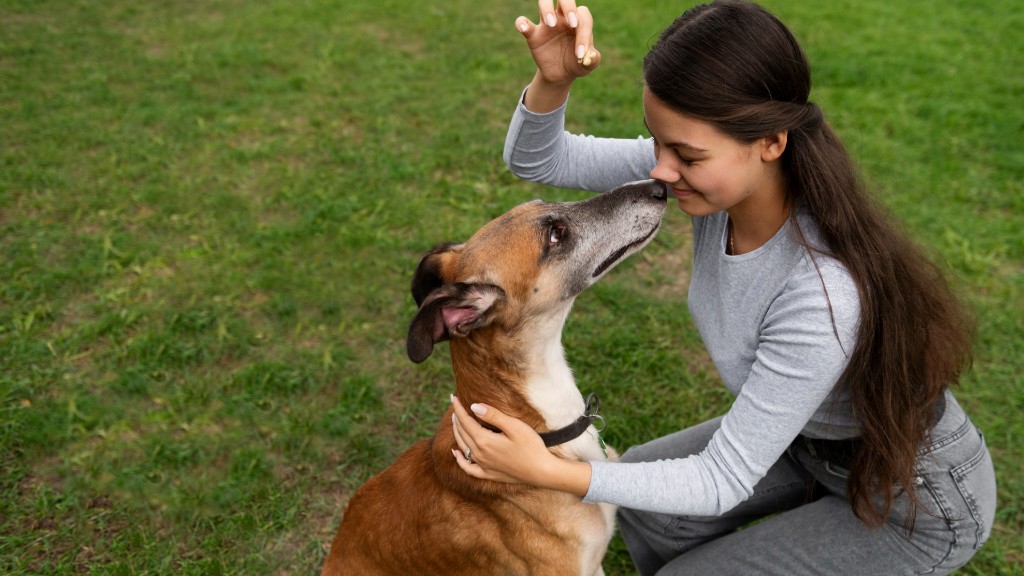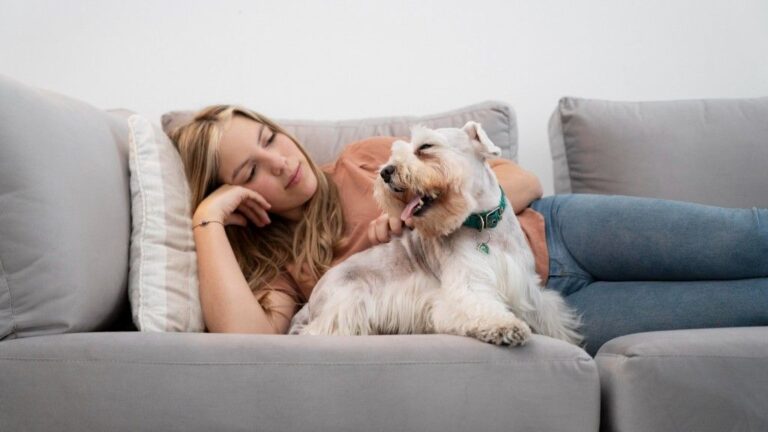7 Ways Your Dog Talks to You Without Words – The bond between humans and dogs is one of the most profound relationships we know—a connection built not just on shared moments but on a silent language that speaks volumes. While barks, whines, and commands often take center stage in our interactions, much of what your dog has to say happens without a single word.
Dogs are masters of nonverbal communication, using their bodies, expressions, and actions to express emotions, signal needs, and shower us with affection. By tuning into these subtle cues, you can deepen your understanding of your furry friend and strengthen the unspoken dialogue that makes your relationship so special.
Here are seven ways your dog talks to you without words—and how you can listen more closely.
Table of Contents
- 1 1. Tail Wagging: It’s Not Always Happiness
- 2 2. Eye Contact: Windows to Their Soul
- 3 3. Pawing: Asking for Attention or Help
- 4 4. Leaning: Seeking Comfort and Connection
- 5 5. Yawning: More Than Just Sleepiness
- 6 6. Ears and Facial Expressions: Reading Their Emotions
- 7 7. Play Bow: Inviting Fun and Building Bonds
- 8 Strengthening the Silent Dialogue
1. Tail Wagging: It’s Not Always Happiness

A wagging tail might be the first thing that comes to mind when thinking about a happy dog, but it’s not always as straightforward as it seems. The speed, direction, and height of the wag all carry meaning.
Also Read: 5 Best Nutritional Picks for Small Dog Breeds
A loose, sweeping wag typically signals excitement or joy, while a stiff, slow wag could indicate uncertainty or even aggression. Context matters—pay attention to the rest of your dog’s body language. If their tail is tucked between their legs, they’re likely feeling scared or anxious.
To respond appropriately, offer reassurance if they seem stressed or celebrate with them if they’re genuinely thrilled. Understanding the nuances of tail wags helps you better interpret your pup’s mood.
2. Eye Contact: Windows to Their Soul
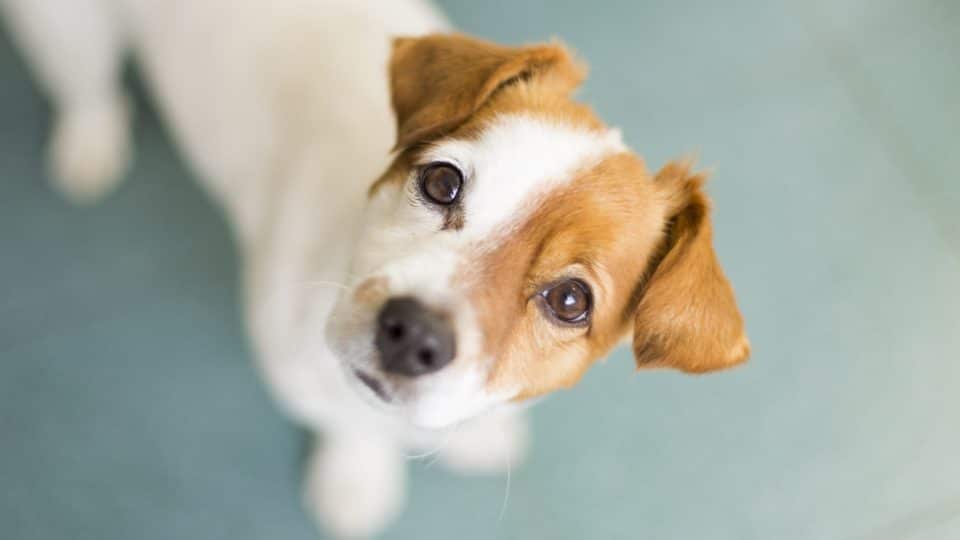
Dogs use eye contact to communicate trust, affection, and sometimes curiosity. When your dog locks eyes with you, especially with soft, relaxed facial muscles, it’s often a sign of love and connection.
On the flip side, prolonged staring with tense body language might mean they’re feeling threatened or unsure. To nurture this form of communication, try “softening” your gaze during quiet moments together—it reassures your dog that you’re a safe presence.
Avoid direct eye contact with unfamiliar dogs, as it can be perceived as confrontational. Building mutual trust through gentle eye contact strengthens your bond in meaningful ways.
3. Pawing: Asking for Attention or Help
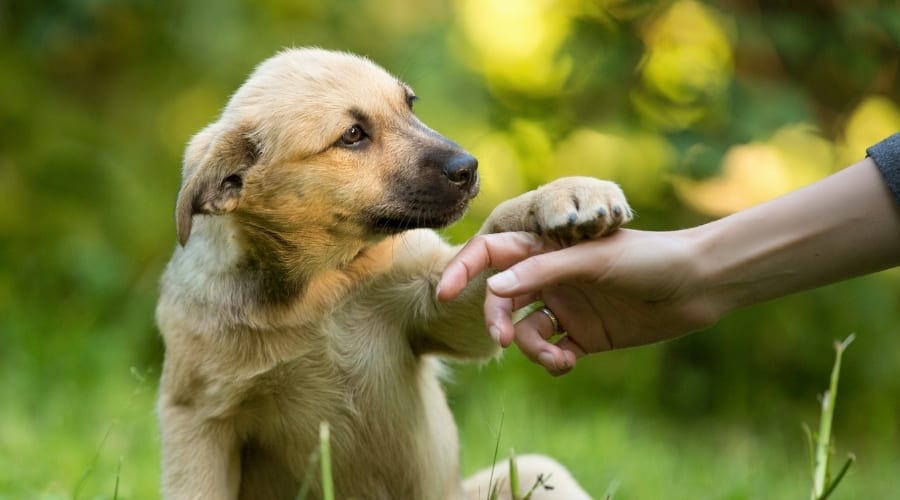
When your dog paws at you, they’re trying to get your attention—but the reason behind it can vary. They might want food, playtime, or simply some cuddles.
In other cases, pawing could indicate discomfort or a need to go outside. Pay attention to accompanying behaviors: Are they circling their food bowl? Whining softly? These clues can help you decode their request.
Respond by addressing their immediate need, whether it’s taking them for a walk, engaging in play, or offering comfort. Teaching basic commands like “touch” or “shake” can also give your dog an alternative way to communicate with their paws.
4. Leaning: Seeking Comfort and Connection
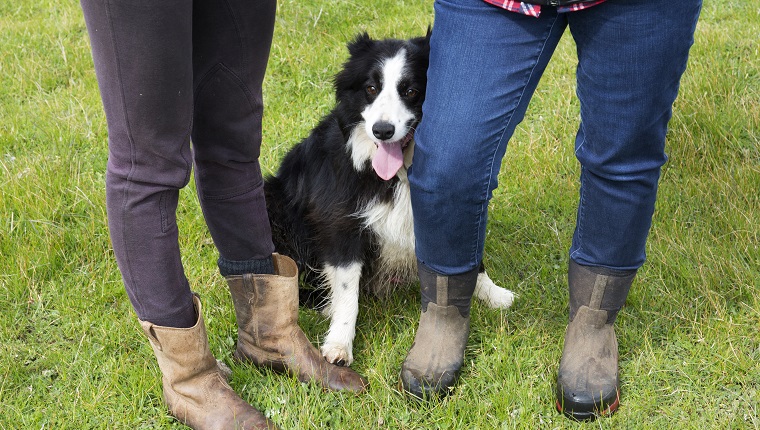
If your dog leans against you, consider it a heartfelt compliment—they’re expressing trust, affection, and a desire for closeness. This behavior is common among dogs who crave physical contact, particularly those bred for companionship, like Greyhounds or Cavalier King Charles Spaniels.
Also Read: 20 AKC Most Popular Dog Breeds Right Now
Leaning can also be a way for your dog to seek reassurance in stressful situations. Embrace this gesture by giving them a gentle pat or scratch behind the ears. For dogs who lean frequently, providing cozy spots near you (like a bed beside the couch) ensures they feel secure even when you’re busy.
5. Yawning: More Than Just Sleepiness
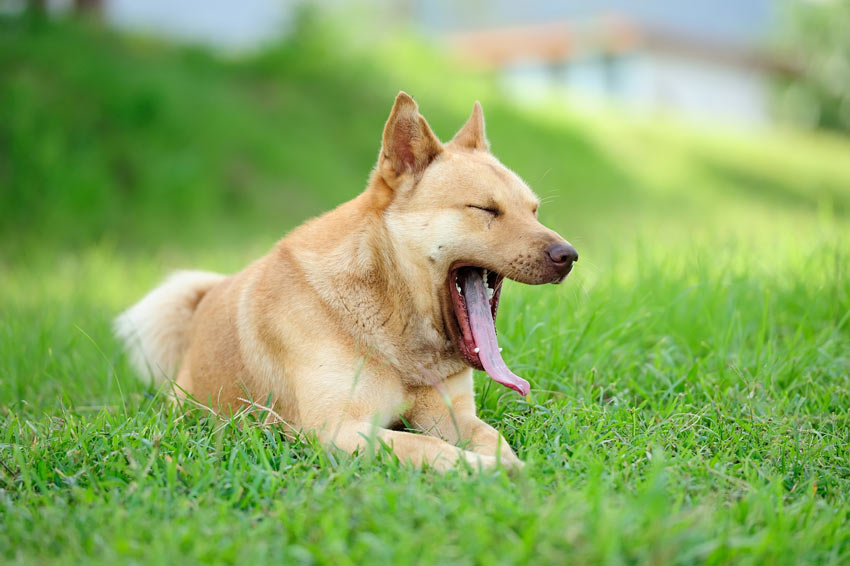
While yawning in humans is usually a sign of tiredness, in dogs, it often serves as a calming signal. When your dog yawns during stressful situations—such as vet visits or loud noises—it’s their way of self-soothing or diffusing tension.
Similarly, excessive yawning around other dogs may indicate discomfort or submission. To support your pup, create a calm environment by speaking softly, avoiding sudden movements, or removing them from overwhelming scenarios. Recognizing yawning as a stress cue allows you to step in before anxiety escalates.
6. Ears and Facial Expressions: Reading Their Emotions
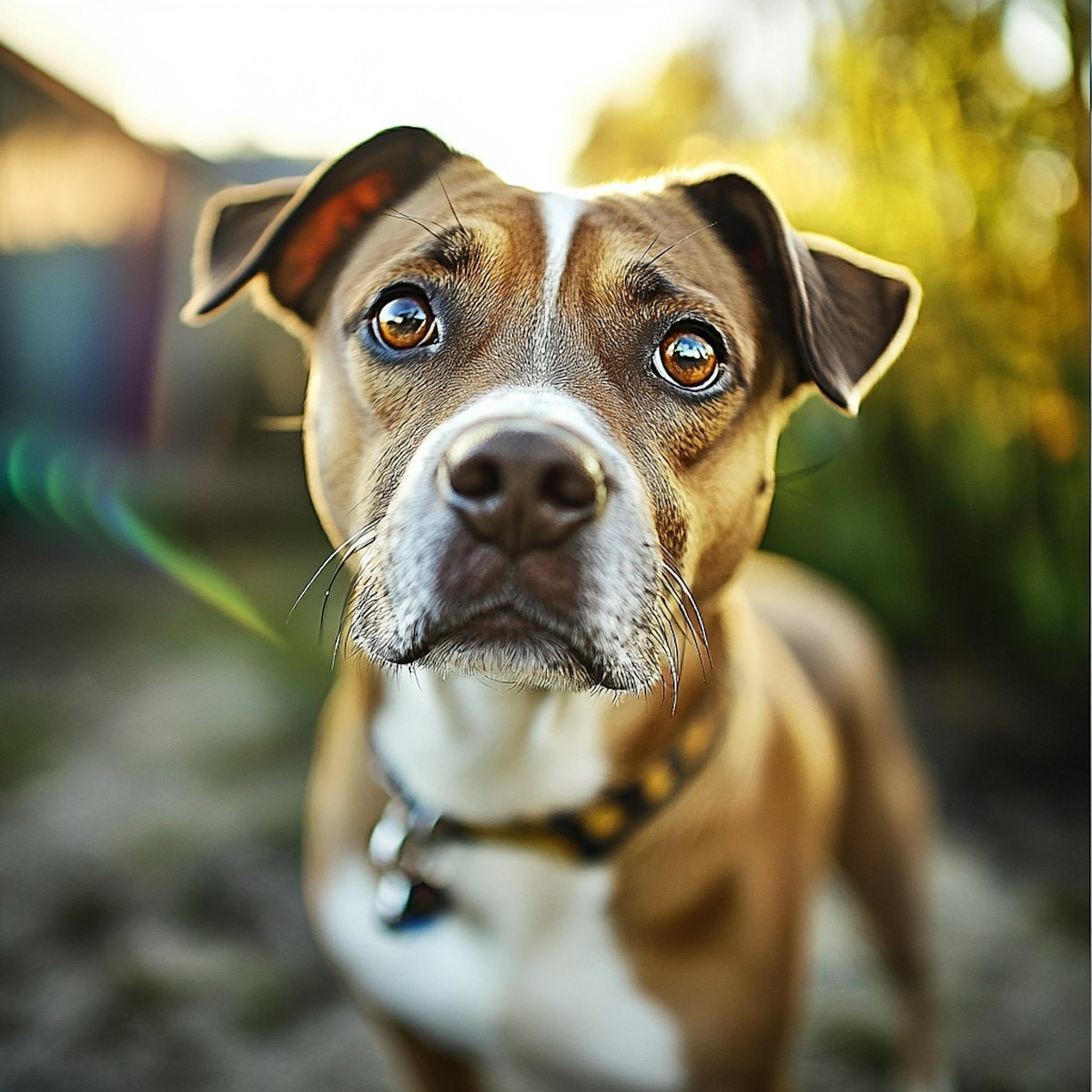
Your dog’s ears and face are incredibly expressive, revealing everything from excitement to fear. Perked-up ears suggest alertness or curiosity, while flattened ears signal fear or submission. Raised eyebrows paired with tilted heads show interest, while tight lips or exposed teeth can indicate discomfort or defensiveness.
Practice observing these subtleties in different contexts—for example, note how their expression changes when meeting new people versus relaxing at home. Responding calmly and positively reinforces their ability to communicate effectively and builds confidence in their interactions.
7. Play Bow: Inviting Fun and Building Bonds
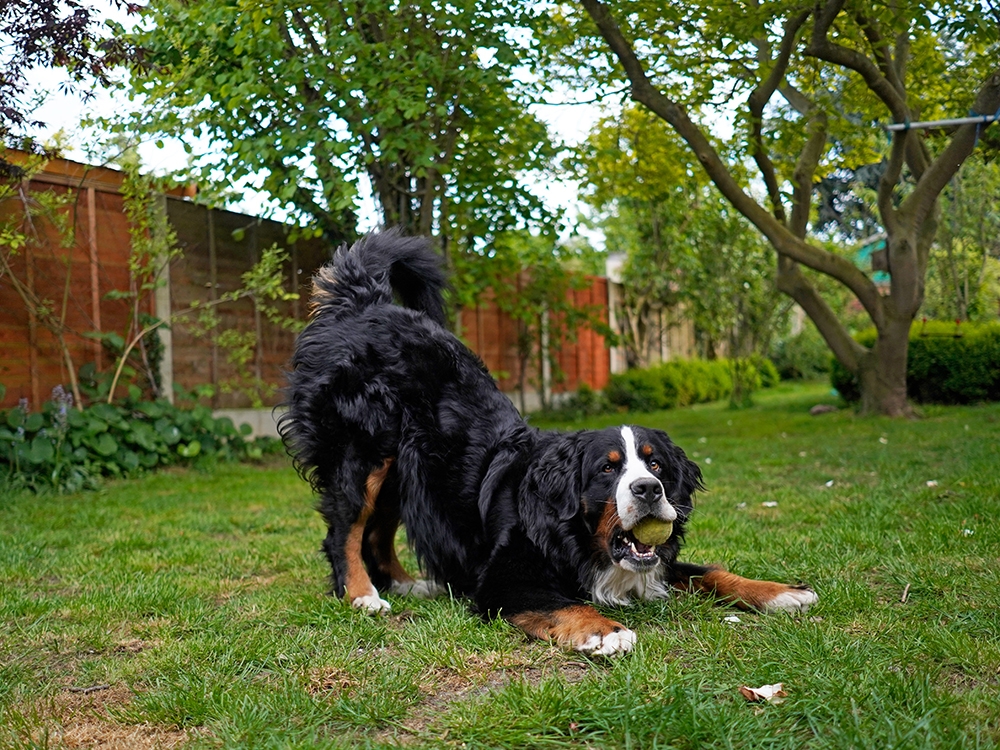
Few things are as universally recognizable as the play bow—that adorable stance where your dog crouches low with their front paws stretched forward and hindquarters raised high. This universal invitation to play signifies excitement, happiness, and a desire to engage.
Also Read: 7 Nutrition Tips for Keeping Small Dog Breeds Healthy
Whether it’s with you, another dog, or even a favorite toy, the play bow is a celebration of connection and fun. Join in the moment by grabbing a ball, starting a game of tug-of-war, or simply running around with them. Engaging in play not only strengthens your bond but also keeps your dog mentally and physically stimulated.
Strengthening the Silent Dialogue
Understanding your dog’s nonverbal language isn’t just about decoding signals—it’s about fostering a deeper, two-way relationship rooted in trust and attentiveness. Spend time observing your dog in various situations to learn their unique patterns of communication.
Be patient, as every dog has their own personality and preferences. Strengthen this connection by responding thoughtfully to their cues, whether it’s offering comfort during stressful times or joining in their joyful antics.

